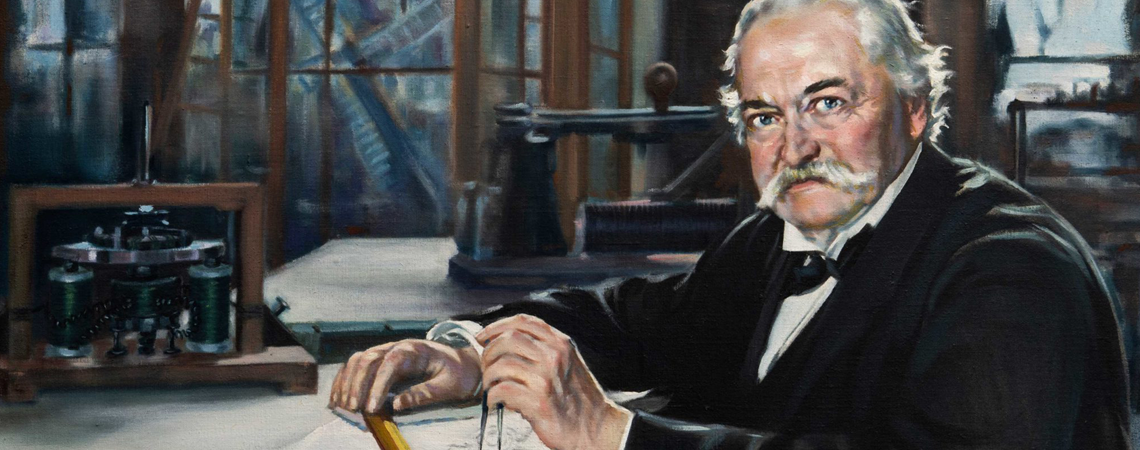Don’t stop here
There’s much more to discover!

Antonio Pacinotti, discoverer of the dynamo, was among the first to investigate the so-called "photovoltaic effect"
"Dearest Father, the greatest force of nature on Earth is solar heat." These words were written by a young scholar, Antonio Pacinotti, who, at just 24 years old, was already considered a rising star in Italian physics. His genius was undoubtedly precocious: six years earlier, in 1859, while serving as a volunteer sergeant during the Second War of Independence, he had experimented with what he simply called a "little machine." In reality, it was a prototype of the dynamo, revealing a principle that, in just a few years, would completely revolutionize energy production.
A plaque in San Martino della Battaglia commemorates him today, placed at the site of one of the most significant battles of the Italian Risorgimento. Here, where the Piedmontese army defeated the powerful Austrian forces and where Swiss humanitarian Henry Dunant laid the foundations for the Red Cross, the course of scientific history also changed. Pacinotti’s ring consisted of a rotating ring in a magnetic field that, when in motion, generated direct current. But it had another crucial function: besides producing electricity, it could also work in reverse, setting the wheel in motion through electromotive force—thus establishing the principle of the electric motor..
This revolutionary discovery, however, was only partially recognized. Pacinotti’s invention, which he had not yet patented, was later refined and presented by the French physicist Gramme, who was subsequently credited as the official inventor of the dynamo. Pacinotti’s contributions were only acknowledged later, and only in part, thanks to figures such as Werner Siemens, who credited the Italian scientist with realizing the vast potential applications of his "little machine".
And what about photovoltaics? Pacinotti played a key role here as well. At just 22 years old, he was among the first to study the photoelectric effect, observing how it varied depending on the wavelength of different radiations. His findings were published in two articles in 1863 and 1864 in the journal “Il Nuovo Cimento”, under the title "Electric Currents Generated by Heat and Light”.
Pacinotti’s research stemmed from photography, which was also rapidly developing in the 19th century. He analyzed the chemical properties of light and concluded that "the maximum heat action occurred in the red part of the spectrum", while "the maximum chemical action appeared in the violet”, as Professor Cesare Silvi explains in his History of Energy from the sun. This led Pacinotti to investigate how the surface of plates influenced electrical current, paving the way for studies that, in the following decades, led to the development of solar cells.
Pacinotti's contributions to photovoltaics were built upon by Italian physicists, starting with his student, Augusto Righi, who defined the photoelectric effect, a phenomenon that Albert Einstein later explored in his research, which earned him the Nobel Prize. Einstein himself acknowledged this connection during his 1921 Nobel acceptance speech. Antonio Pacinotti became a university professor of physics, first in Cagliari and later in Pisa, occupying the chair previously held by his father. His life was marked by both great tragedies - he lost his first wife during childbirth - and great achievements, such as his appointment as a Senator of the Kingdom. He died in 1912, just as the term "photovoltaic effect" was beginning to be used to describe the generation of electricity from light, confirming the significance of many of his early insights.
There’s much more to discover!
Electricity generated by onshore and offshore wind farms is part of the renewable mix that supports the ongoing energy transition. History, curiosities, and technology of energy born from the wind.
Plenitude has successfully transformed the customer experience into a driver of development, benefiting both customers and the business. Here’s how.
A recent IRENA report confirms the photovoltaic industry as a leader in gender equality and reaffirms the essential contribution to the sector by women.